Astronomers have spotted the oldest black hole ever seen, about 400 million years after the Big Bang, wolfing down material much faster than expected.
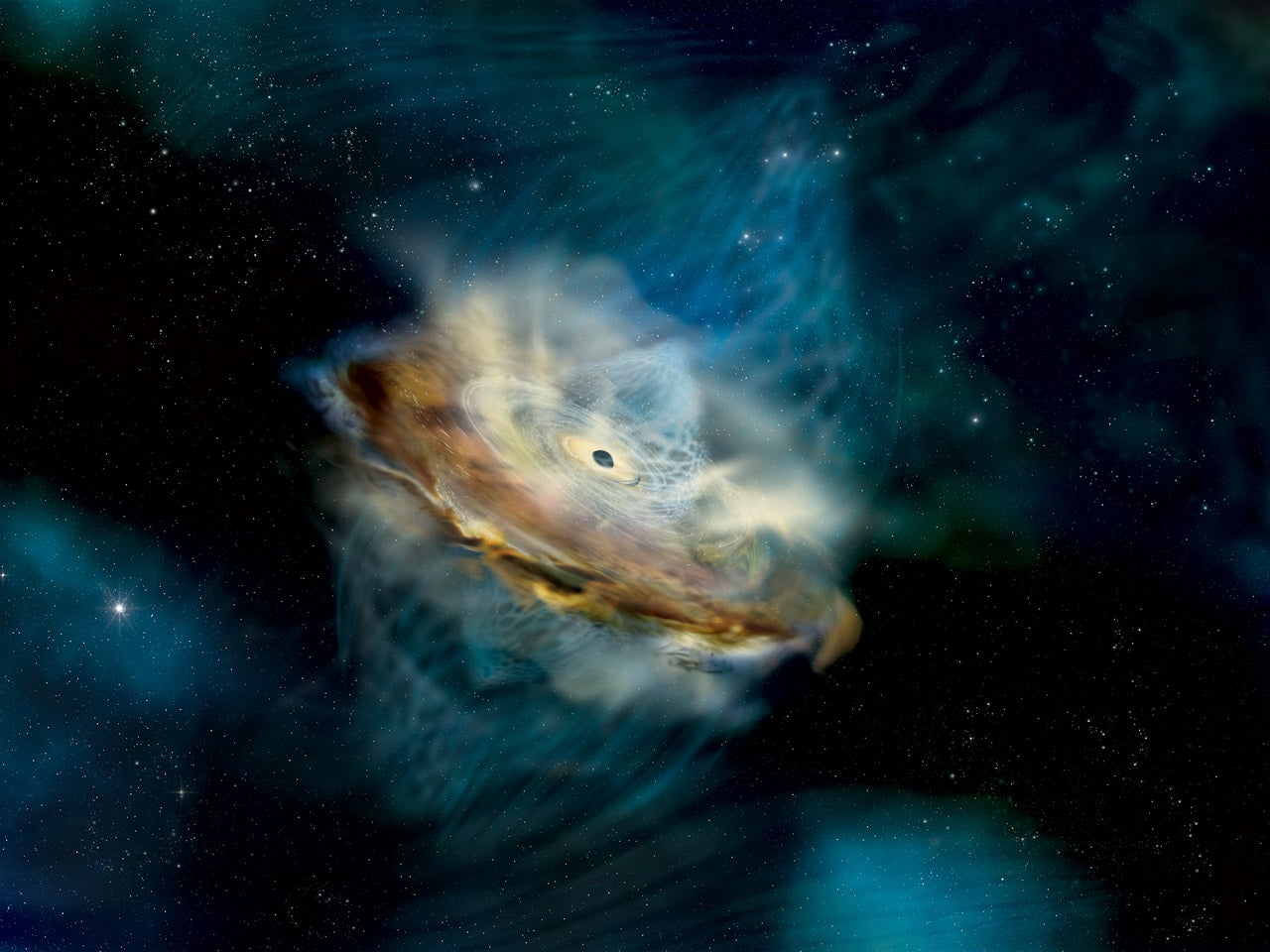
An illustration of a supermassive black hole and its accretion disk. Credit: NASA/Aurore Simonnet (Sonoma State Univ.)
Within GN-z11, a galaxy in the constellation Ursa Major, astrophysicists have discovered the oldest black hole, weighing in at a few million times the mass of the Sun. It lives at the galaxy’s center and is wolfing down matter at a time more than 13 billion years ago, or just 400 million years after the Big Bang.
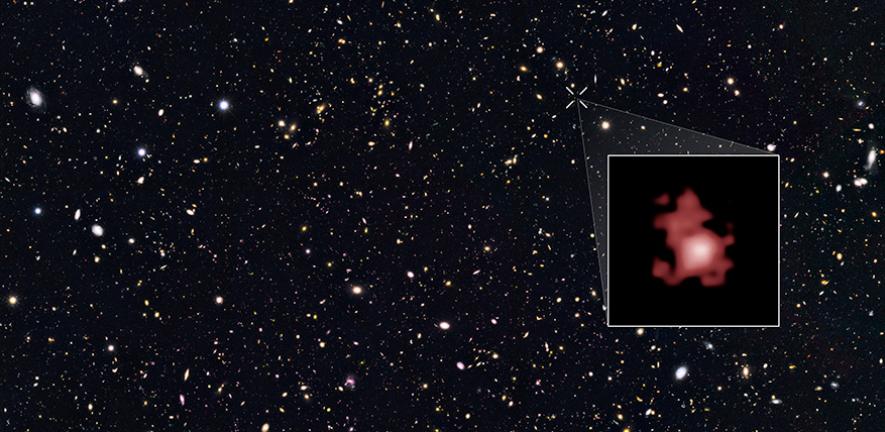
The James Webb Space Telescope (JWST) spotted signs of the black hole’s glowing accretion disk with NIRCam, the telescope’s primary camera. The find highlights one of the biggest unanswered questions in astronomy: How the first black holes formed at all.
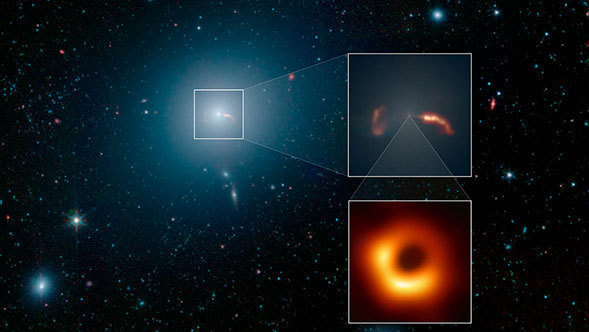
Based on what we know about black holes, one this massive would have taken billions of years to form — much longer than its current age.
One way it could reach this size is by eating away at its surroundings much faster than the predicted rate.

Accreting black holes grow by pulling material such as dust and gas in. This infalling matter creates a bright, glowing disk. Our instruments can detect the glowing disk, which we see in the famous first image of a black hole, M87, as well as the image of the Milky Way’s supermassinve black hole, both taken with the Event Horizon Telescope.
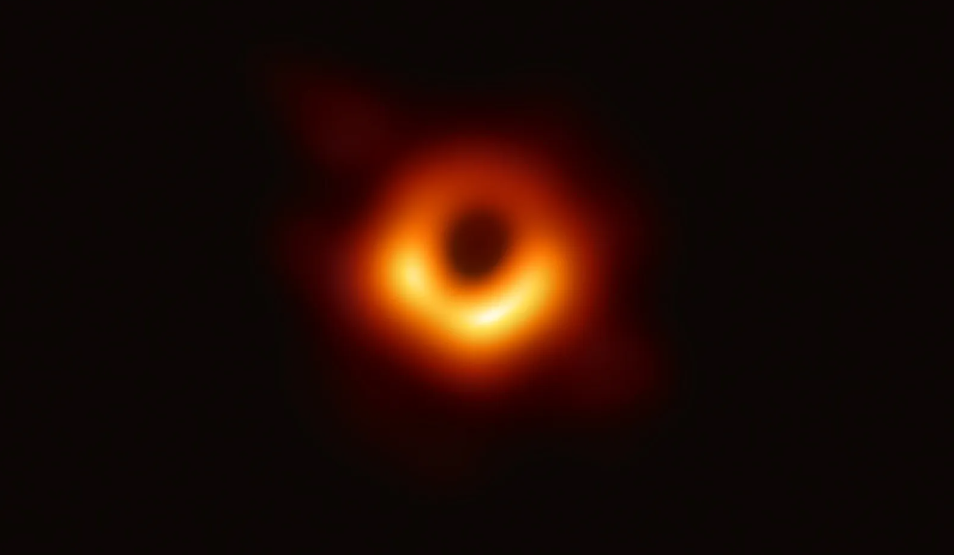
The first image of a black hole, M87, taken in 2019. Credit: Event Horizon Telescope Collaboration
GN-z11, one of the first galaxies formed, is smaller than our Milky Way Galaxy. Nonetheless, “very early galaxies were extremely gas-rich, so they would have been like a buffet for black holes,” said Roberto Maiolino, study lead author at the University of Cambridge, in a statement.

So, there’s plenty of food to feed a growing supermassive black hole. But there is a limit to how fast a black hole can eat, called the Eddington rate. If it tries to eat even quicker, the accretion disk heats to the point where it forms a wind of energetic particles. Therefore, the black hole begins to blow away its glowing disk, limiting its growth.
This wind can have effects far beyond the black hole as well. The wind can heat the interstellar gas throughout its host galaxy, which becomes too warm to condense and form stars, putting a stop to star formation within the host.
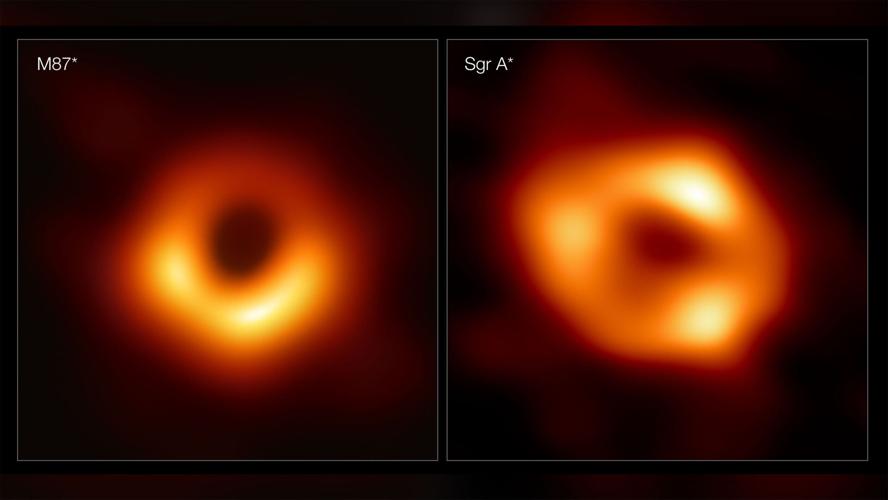
In some cases, though, a black hole can exceed the Eddington rate without losing its disk. This is called super-Eddington accretion, and it’s exactly what seems to be going on within GN-z11. Its black hole is eating at five times the Eddington rate, potentially confirming one of the theories for growing a big black hole: that they can temporarily exceed the Eddington rate, going through short episodes of super-Eddington accretion before calming down again.

Episodes of super-Eddington accretion is only one way that such young supermassive black holes could grow. Alternative theories suggest that massive black holes could form essentially “instantaneously” when large clouds of primordial gas in the early universe collapse directly into massive black holes. And even though GN-z11’s black hole is currently accreting at a high rate, researchers can’t determine whether it started as a lower-mass black hole or one of the massive ones created through direct collapse.
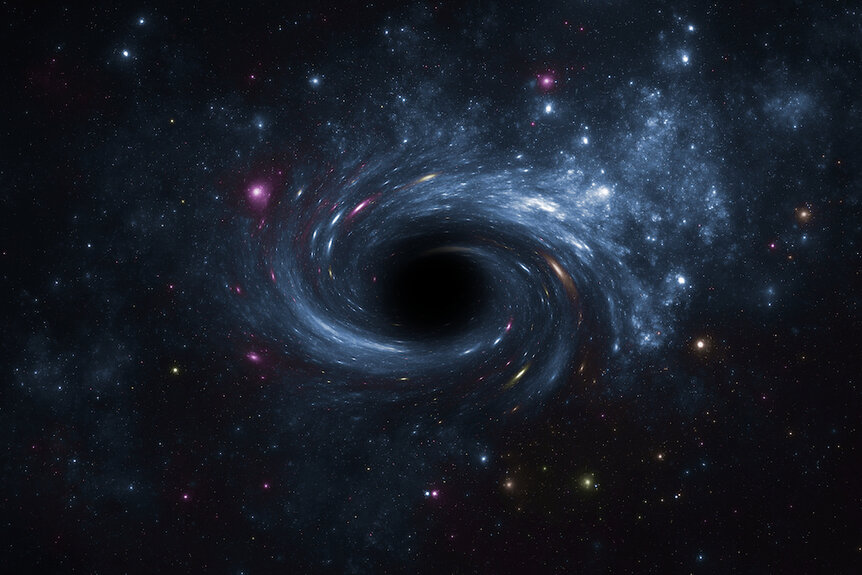
Using JWST, experts are hoping to find even older black holes. And with each new black hole they find, researchers can further piece together the way such black holes are born, finally answering the question of whether they start off already massive or if they consume their way to the top.